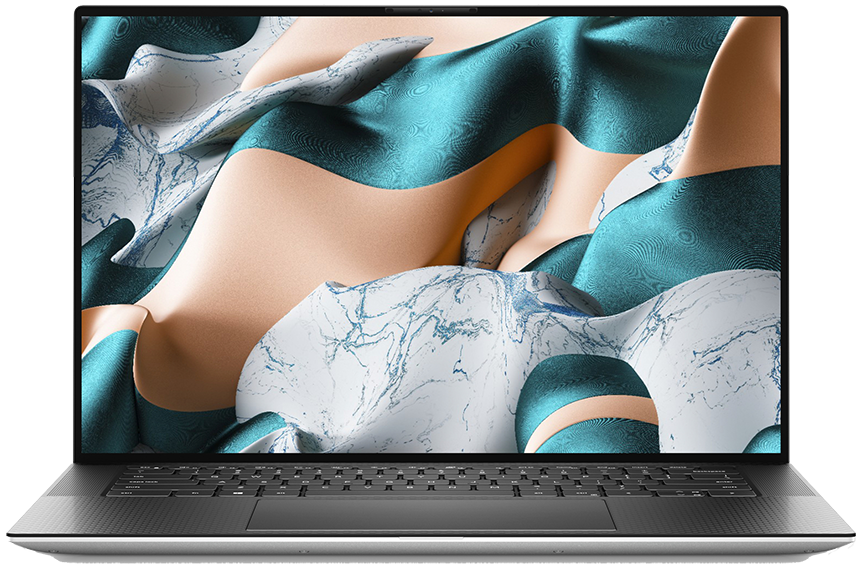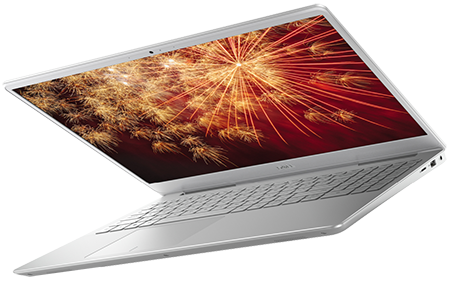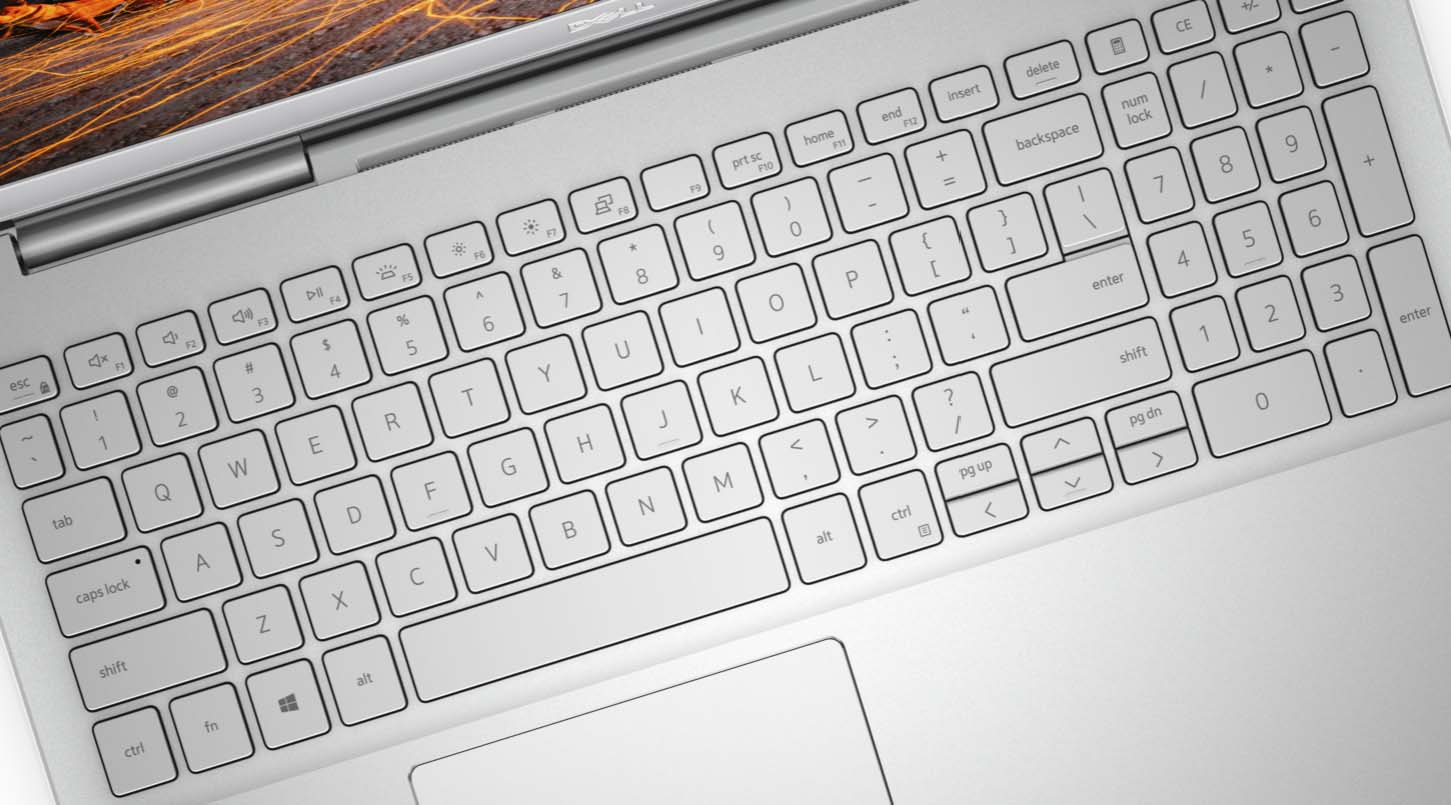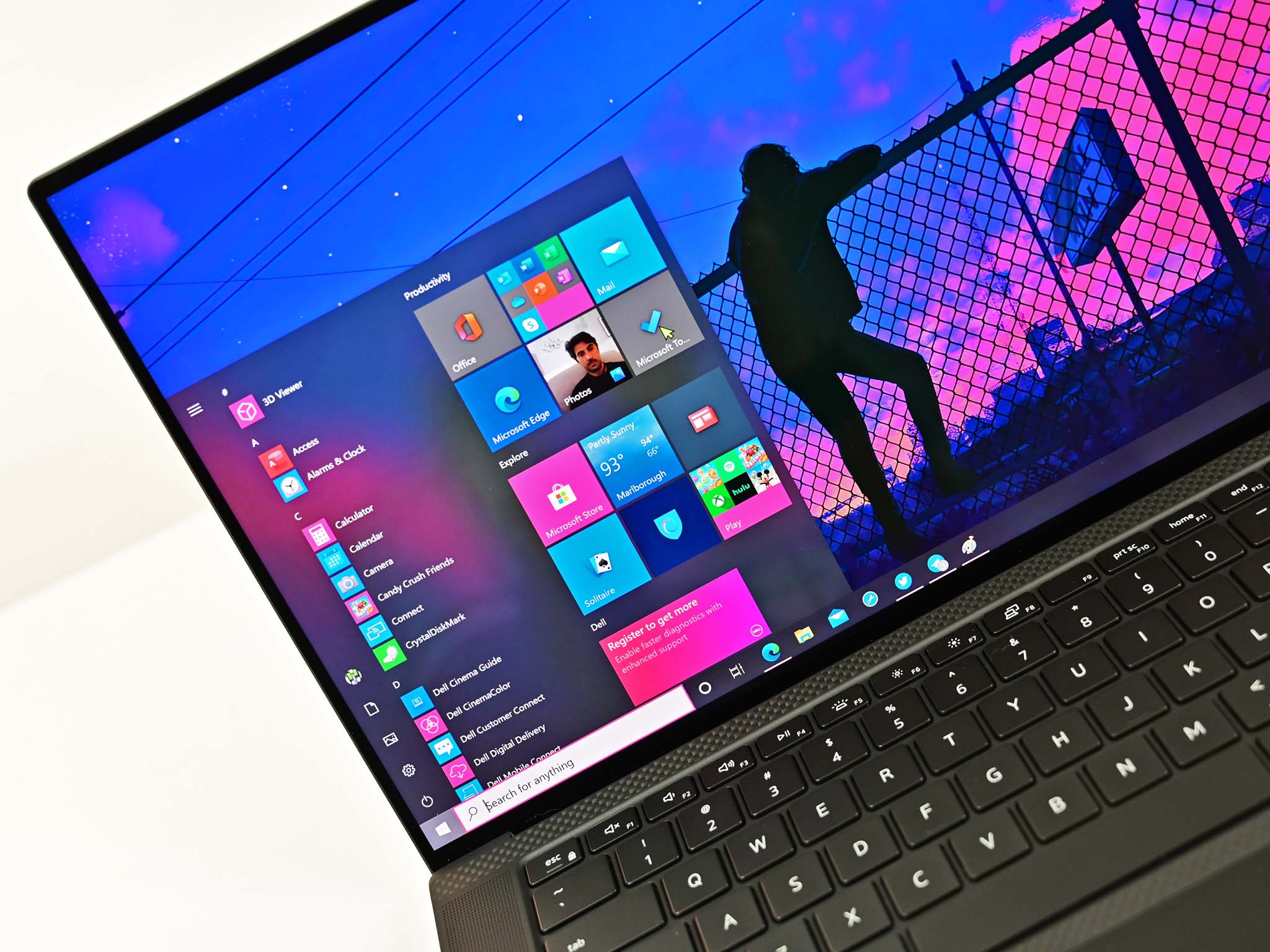Dell XPS 15 vs. Inspiron 15 7000: Which is best for you?
Two 15-inch Ultrabooks from Dell battle it out.

The XPS 15 (9520) brings impressive power from up to a Core i9-12900HK CPU, stunning display options with 16:10 aspect ratio and up to UHD+ resolution, long battery life, and some extra features all wrapped up in a premium chassis as thin and light as possible. If you need the best 15-inch laptop, this is it.
For
- 12th Gen Intel Core H-series CPUs
- NVIDIA RTX 3050 Ti dedicated GPU
- FHD+, UHD+, and 3.5K OLED display options
- Wi-Fi 6 and Bluetooth 5
- Premium build quality
Against
- Significantly more expensive

The Inspiron 15 7000 (7501), now called the Inspiron 15 Plus after a naming change, is an affordable alternative to the XPS 15, with a dedicated graphics card (GPU), generous port selection, and slim build. It won't quite match the XPS 15 in power in the high-end models, the display isn't as impressive, and the aesthetic isn't as clean, but it will save you a lot of money.
For
- Far more affordable
- NVIDIA GTX 1650 Ti GPU available
- Great port selection
- Aluminum chassis
- 10th Gen Intel H-series CPUs
Against
- Not as many performance options
- Not as many display options
- Still 16:9 aspect ratio
- Models discontinued
If you're looking for the best Dell laptop, Dell's XPS 15 (9520) is an impressive piece of hardware. It was recently refreshed from the 9510 model, and it continues offering multiple high-end display options, dedicated NVIDIA RTX 3050 Ti GPU, and 12th Gen Intel Core H-series CPUs. It's also quite a bit more expensive than the Inspiron 15 Plus (7501), an excellent laptop in its own right for those who don't want to pay the XPS tax.
Unfortunately, it seems that Dell has discontinued the Inspiron 15 7501. You can still find it at some third-party retailers like Amazon, Walmart, Newegg, and Best Buy, but Dell's site no longer has it listed.
There is, however, a replacement in the form of the Inspiron 16 Plus, a laptop for creators who don't want to pay more for the XPS. My comparison of the Dell XPS 15 vs. Inspiron 16 Plus has a lot more information about the new laptop and how it compares to our favorite 15-inch device.
Let's take a look at the specs that make up these two laptops.
Dell XPS 15 vs. Inspiron 15 7000: Tech specs
Why you can trust Windows Central
| Header Cell - Column 0 | XPS 15 (9520) | Inspiron 15 Plus (7501) |
|---|---|---|
| Processor | 12th Gen Intel | 10th Gen Intel |
| Row 1 - Cell 0 | Core i5-12500H, Core i7-12700H, Core i9-12900HK | Core i5-10300H, Core i7-10750H |
| RAM | 8GB, 16GB, 32GB, 64GB DDR5-4800MHz | 8GB, 16GB DDR4-2933MHz |
| Storage | 512GB, 1TB, 2TB, 4TB M.2 PCIe NVMe SSD | 256GB, 512GB, 1TB M.2 PCIe NVMe SSD |
| Display size | 15.6 inches | 15.6 inches |
| Display resolution | 1920x1200 (FHD+) non-touch, 3840x2400 (UHD+) touch, 3456x2160 (3.5K) OLED touch | 1920x1080 (FHD) touch |
| Graphics | Intel UHD Graphics, NVIDIA RTX 3050, NVIDIA RTX 3050 Ti | Intel UHD Graphics, NVIDIA GTX 1650 Ti |
| Ports | Two Thunderbolt 4, USB-C 3.2 (Gen 2), SD card reader, 3.5mm audio | Two USB-A 3.1, HDMI, USB-C 3.2, 3.5mm audio, microSD reader |
| Wireless | Killer Wi-Fi 6 AX1675, Bluetooth 5.2 | Wi-Fi 6, Bluetooth 5.1 |
| Biometrics | Fingerprint reader, IR camera | Fingerprint reader |
| Battery | 86Wh | 56Wh |
| Dimensions | 13.57 x 9.06 x 0.71 inches | 14.01 x 9.23 x 0.69-0.74 inches |
| Row 12 - Cell 0 | (344.72mm x 230.14mm x 18mm) | (356.1mm x 234.5mm x 17.5-18.9mm) |
| Weight | From 3.99 pounds (1.81kg) | From 3.86 pounds (1.75kg) |
Dell XPS 15 vs. Inspiron 15 7000: Design and features
The XPS 15 9520 follows the same design as the two previous generations, with a thin body, 16:10 display with almost no bezel at all, and webcam with an IR sensor above the display. You still get a carbon fiber interior and CNC-machined aluminum chassis. The XPS 15 is slightly smaller and thinner than the Inspiron 15 7501, though not so much that you'd notice a big difference if they weren't side by side.
The Inspiron 15 Plus — which used to be called the Inspiron 15 7000 — has an aluminum chassis that extends to the interior, keeping the silver finish throughout. The lack of carbon fiber and the slightly larger chassis still don't make it heavier than the XPS 15, at least to start. Once you add a 4K touch display and a massive 86Wh battery to the XPS 15, it does become heavier.

Both laptops employ a sizable Precision touchpad with plenty of room for Windows 10 gestures. As for the keyboard, both are backlit, and both should be fine for a day of productivity. If you type a lot, testing them both out before a final purchase is a good idea. Keycaps on the XPS 15 are large for a better typing experience, and flanking the keys on either side are top-firing speakers.
Combined with down-firing speakers, you're getting a total of 8W of audio output. If the sound is essential, the XPS 15 easily beats out the Inspiron. Both laptops have a fingerprint reader built into the power button.
The port selection changed with the XPS 15 9510 model and continues with the 9520. Gone is USB-A. Instead, it has two Thunderbolt 4, USB-C 3.2 (Gen 2), an SD card reader, and a 3.5mm audio jack. The Inspiron 15 has a selection better for legacy accessories, including two USB-A 3.2 (Gen 1), HDMI, USB-C 3.2 (Gen 1), 3.5mm audio, and microSD card reader. Ultimately, both laptops deliver generous connectivity, and you can add a powerful laptop docking station for even more ports.
Dell XPS 15 vs. Inspiron 15 7000: Display

The XPS 15 9500 saw some changes to its display, including a move to a 16:10 aspect ratio for a taller look. This continued with the 9510 and 9520 models, with a new 3.5K OLED screen available. This touch display has an anti-reflective finish to reduce glare, as well as 400 nits brightness. It manages 100% DCI-P3 color reproduction for specialized work.
The non-touch FHD+ model, which is the most affordable, hits up to 500 nits brightness, manages 100% sRGB color reproduction, and includes Dolby Vision. Its high brightness means you can use it just about anywhere, and it will gobble up the least amount of power.
For those who love or require 4K for work, the UHD+ touch option hits 500 nits brightness and manages 100% AdobeRGB and 94% DCI-P3 color reproduction, making it a reliable choice for photo editing and specialized work. Keep in mind it will weigh more and suck up more battery. For a more thorough breakdown, check out our Dell XPS 15 FHD+ vs. UHD+ guide.
As for the Inspiron 15 Plus 7501, there's a relatively basic FHD touch display option with an anti-glare finish, WVA panel, and 16:9 aspect ratio. It's all you'll need for standard tasks, and it's a looker in its own right thanks to 100% sRGB color, but it just doesn't match up to the display options available with the XPS 15. There is a 4K display option listed in Dell documentation for the Inspiron 15, but so far it doesn't look like it's available.
Dell XPS 15 vs. Inspiron 15 7000: Performance

For general productivity tasks, the Inspiron 15 Plus has all the hardware you'll need (and a bit more). It's available with up to a 10th Gen Intel Core i7-10750H processor (CPU), 16GB of DDR4 RAM, and a 1TB M.2 PCIe solid-state drive (SSD), as well as a dedicated NVIDIA GTX 1650 Ti GPU with 4GB of VRAM. While one RAM slot is soldered, there is a second available for upgrades.
The Inspiron 15 Plus has enough juice for some quality gaming or a bit of extra horsepower for editing. If you're trying to stick to a tight budget, it has a lot to offer for the asking price.
On the other hand, if you want a thin and light 15-inch device with a performance boost, the XPS 15 has some extra hardware to behold. With up to a 12th Gen Intel Core i9-12900HK CPU, 64GB of DDR5 RAM, 4TB of M.2 PCIe SSD storage, and a dedicated NVIDIA RTX 3050 Ti GPU with 4GB of VRAM, it can pretty much handle anything you throw its way, including specialized work. Add in three stellar display choices, and you have one mighty Ultrabook.
If neither of these laptops ends up appealing to you, be sure to look at our best Windows laptop picks for way more options.
The XPS 15 is an outstanding laptop if you have the budget
Overall, the XPS 15 is thinner, more compact, and of overall higher quality. You're ultimately going to pay more, but there are three superb displays to choose from, and it can become a true desktop killer for professionals thanks to more powerful hardware options. Check out our Dell XPS 15 9500 review for lots more information about the older model.

The refreshed XPS 15 (9520) brings new processors, speedy GPU, and a 16:10 display aspect ratio for its three high-end display options.
Go with the Inspiron 15 7000 for an affordable Ultrabook
If you don't need the extra power or fancy displays found in the XPS 15, the Inspiron 15 Plus 7501 is going to save you a lot of money and still be an excellent laptop. It's built well, it has many of the same features, and a dedicated NVIDIA GTX 1650 Ti GPU and 10th Gen Intel CPUs add some much-appreciated power.
You'll no longer be able to find the laptop for sale at Dell, which means you'll miss out on the extensive configuration options usually on offer. Still, if this laptop is right for you, there are options at third-party retailers. And if you do like the Inspiron line and want a great laptop for less money, be sure to check out the Inspiron 16 Plus with 12th Gen Intel Core H-series CPUs, up to a NVIDIA RTX 3060 Laptop GPU, and 16-inch 3K display with 16:10 aspect ratio.

It might not be as flashy or have the same display and hardware options as the XPS 15, but the affordable price will undoubtedly draw in many people.
Get the Windows Central Newsletter
All the latest news, reviews, and guides for Windows and Xbox diehards.

Cale Hunt brings to Windows Central more than eight years of experience writing about laptops, PCs, accessories, games, and beyond. If it runs Windows or in some way complements the hardware, there’s a good chance he knows about it, has written about it, or is already busy testing it.
